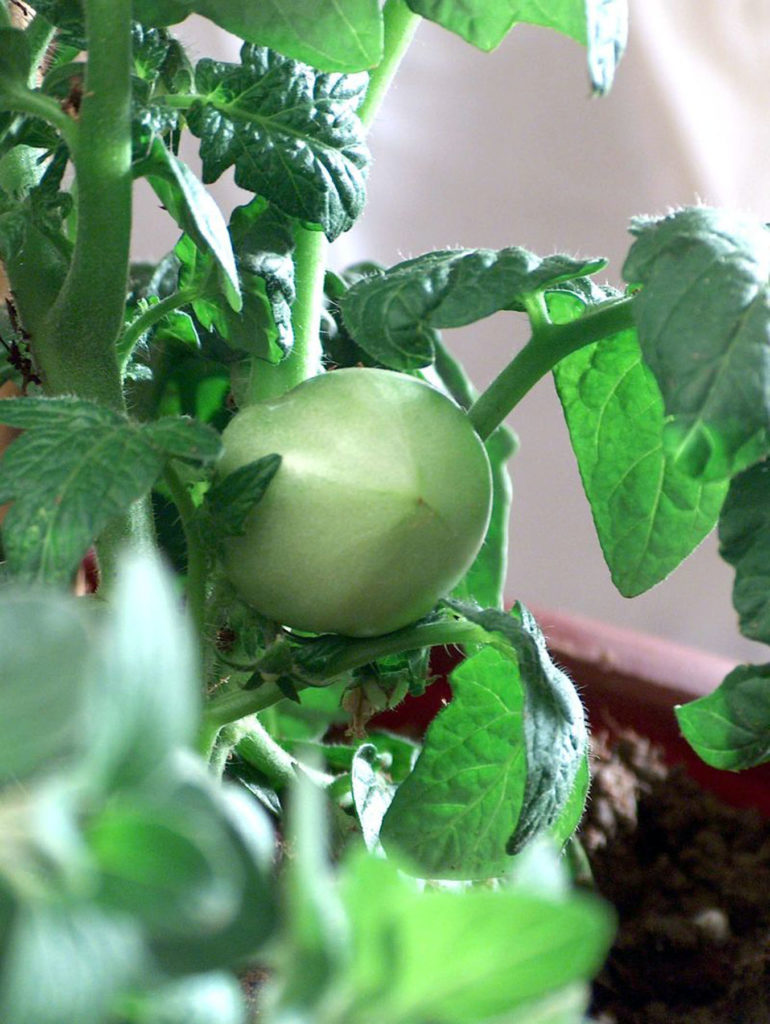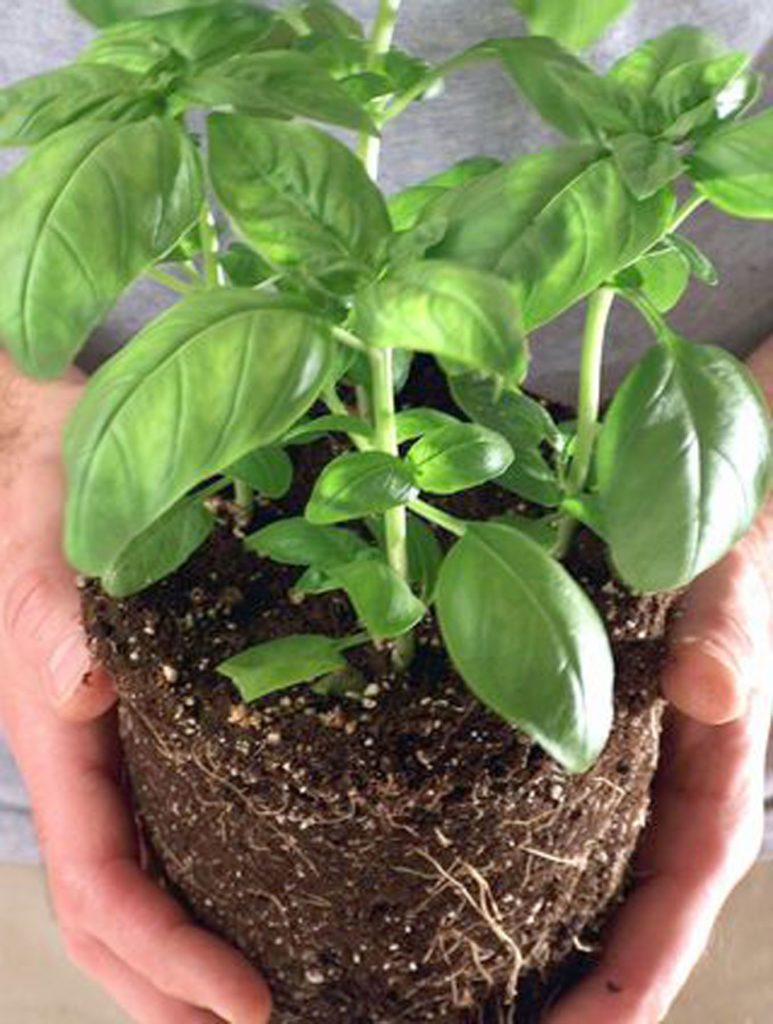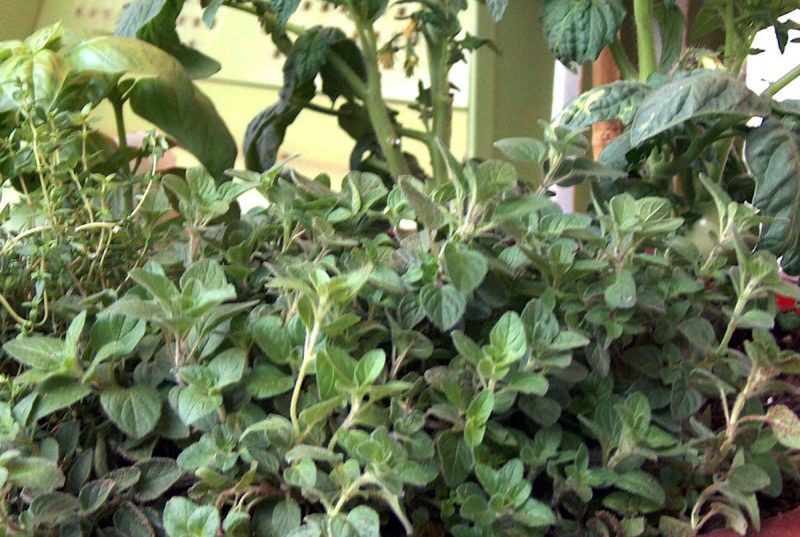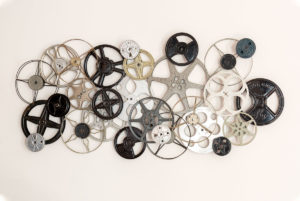I have had several requests for some type of gardening post. I had a couple for herb gardens and a mention or two about container gardens. I have decided to give you a taste of both today. Not only will this project produce amazing ingredients for your meals, but it will also make a lovely addition to your patio. I have chosen useful herbs that both complement each other in dishes and grow together well. Additionally, because they are all of differing heights and textures, they make an ideal container garden. I added tomatoes for the produce and for added height.
 The key to choosing components for a container garden is to pick plants that have similar needs. For example, we used basil, oregano, and thyme. All three like full sun and plenty of water. Thyme is somewhat drought resistant but will thrive in this setting.
The key to choosing components for a container garden is to pick plants that have similar needs. For example, we used basil, oregano, and thyme. All three like full sun and plenty of water. Thyme is somewhat drought resistant but will thrive in this setting.
Tomatoes are thirsty devils. To make sure that the roots get plenty of water I have fashioned a feeder that runs diagonally from the bottom of the pot to the top. The feeder is made of PVC pipe with ¼ inch holes drilled in it incrementally over the entire length.
I chose plants that were more mature (this was primarily for photographic effect). You can choose smaller plants, pay less, and give them plenty of room to grow. If you follow the example, it won’t be long until you are creating a pasta dish filled with stuff fresh from the garden. Nothing compares to that kind of flavor.
savour… italiano fresco!
PATIO GARDENING

Before you start:
These are instructions for a beginner’s container garden. You may wish to learn more about soils, fertilizers, and pH balance. Using a soil designed for vegetables is a good, basic start. Unless you are an experienced gardener, I would not recommend reinventing the wheel. We will cover soil again in a future gardening post.
You do not need to limit yourself to a round pot. Choose something that will liven up your patio or garden.
Check your garden regularly for watering needs and pest or disease. There are many all-natural, food-safe, eco- friendly products for the health of your plants. They can be found in nearly any nursery or home improvement store.
I have inserted a 3-foot bamboo pole into the soil right behind the tomato plants. This will give me something to attach them to when they begin to grow.
You will, no doubt, be “pruning” the herbs regularly for your meals. Be sure to pinch off any side sprouts from tomato vines, as this will help the plant become more robust.
You will need:
- Small hand trowel or spade
- Gardening gloves
- Potting soil (choose one specifically designed for vegetables)
- Plants of choice
- PVC pipe (1 ½ inch diameter)
- Hack saw
- Drill w/ ¼ inch drill bit
- Water
- Rocks or other drainage material (I used lava rock)

The method:
- Choose a container with enough room for plants to grow according to specifications. Each of ours needed about 12-18 inches in diameter. Our pot is 30 inches in diameter.
- If your pot does not have drainage holes, make some.
- Place drainage material 2 inches deep in the bottom of the pot.
- Cut the PVC piping to a length that makes it stick out 2-3 inches over the rim of the pot when inserted diagonally. Use caution when cutting with the hacksaw.
- Using a ¼ inch drill bit, drill holes down the entire length of the PVC pipe 2 inches apart. Stop drilling about 4 inches before the end. Be sure to drill from all the way through the opposite side making two holes per drill.
- Turn the PVC pipe a quarter turn and drill holes again 2 inches apart, but between the space of the holes, you first drilled. You should end up with holes on four sides approximately one inch apart.
- Insert the pipe into the pot with a 4-inch undrilled portion hanging over the rim.
- If you have compost you would like to add, you can mix it with the soil now.
- Fill the planter with soil leaving space at the top that is equal to the depth of your plants.
- Remove the plants from their containers. Be sure to loosen up the root just a little if it is tightly bound. Be gentle. Plants can be temperamental and some don’t take kindly to shock.
- If your pot will be up against something, place the tallest growing plant in the back and descend from there. Be sure to put trailing plants near an edge so they can drape over the side.
- If your pot will be seen from all angles, place the tallest growing plant in the middle and work your way out to the edge from there in descending order. Again, trailing plants near the edge.
- Fill in remaining spaces with soil and lightly pack around root balls.
- Water thoroughly. Fill up the PVC pipe with water.







